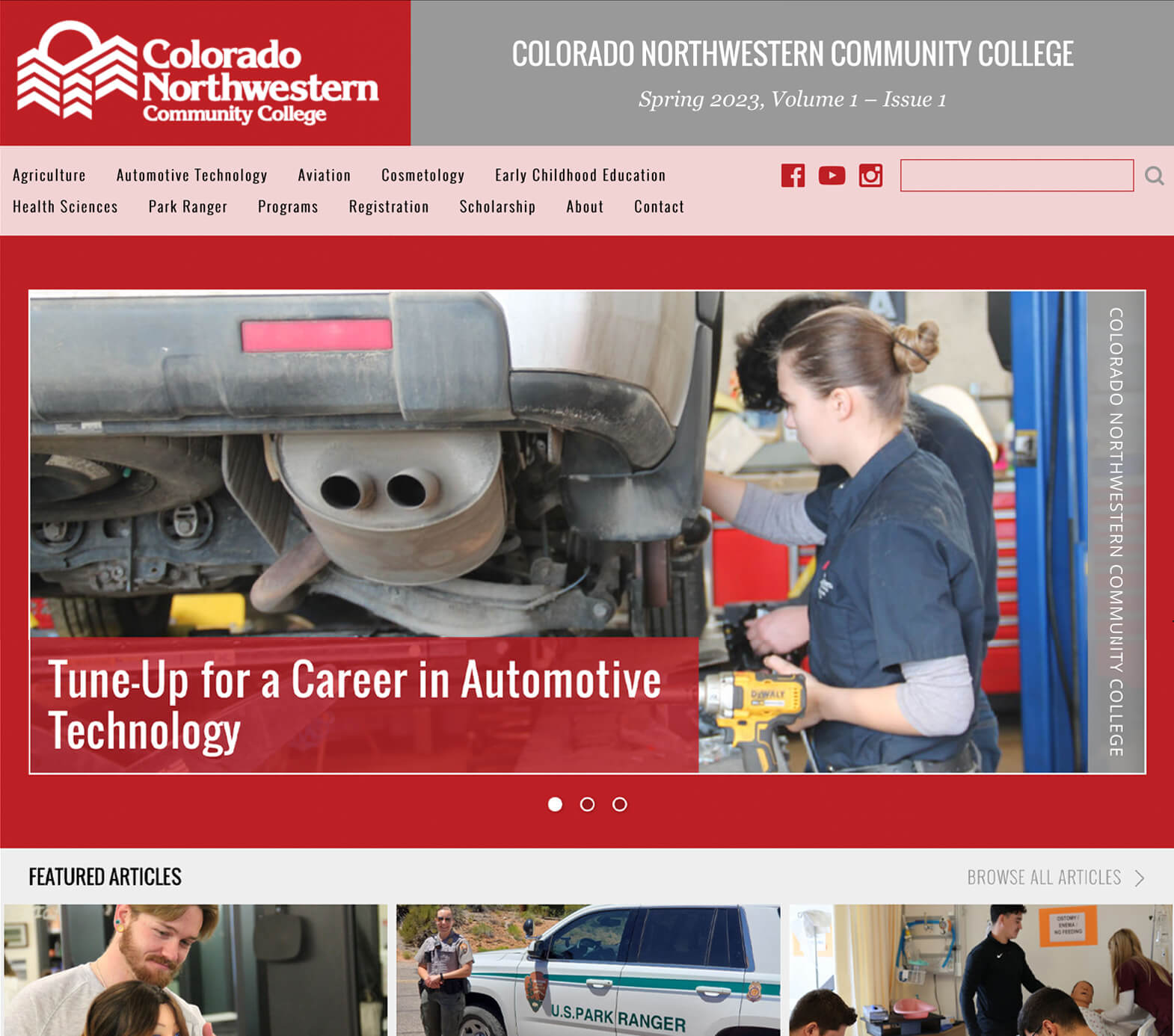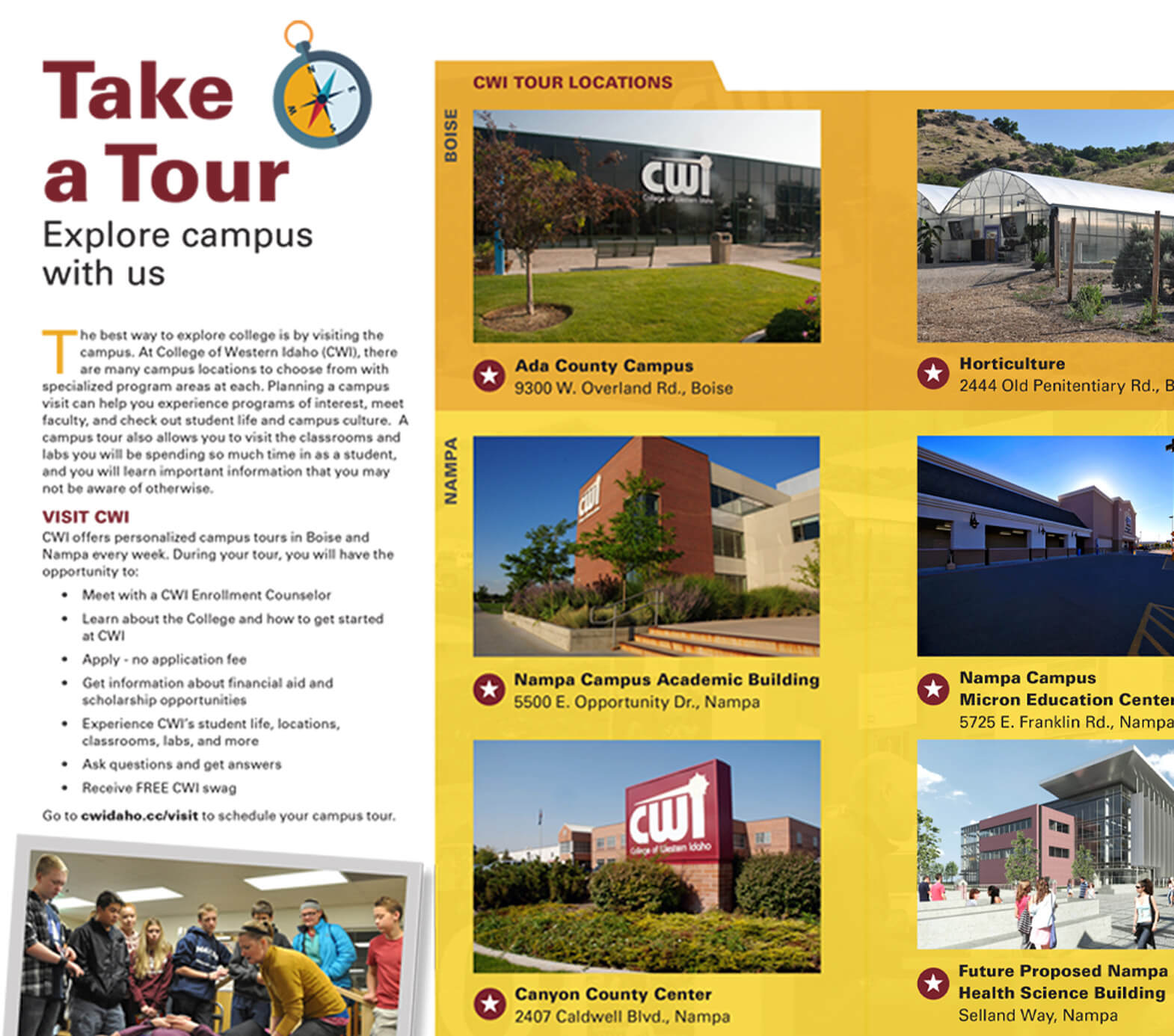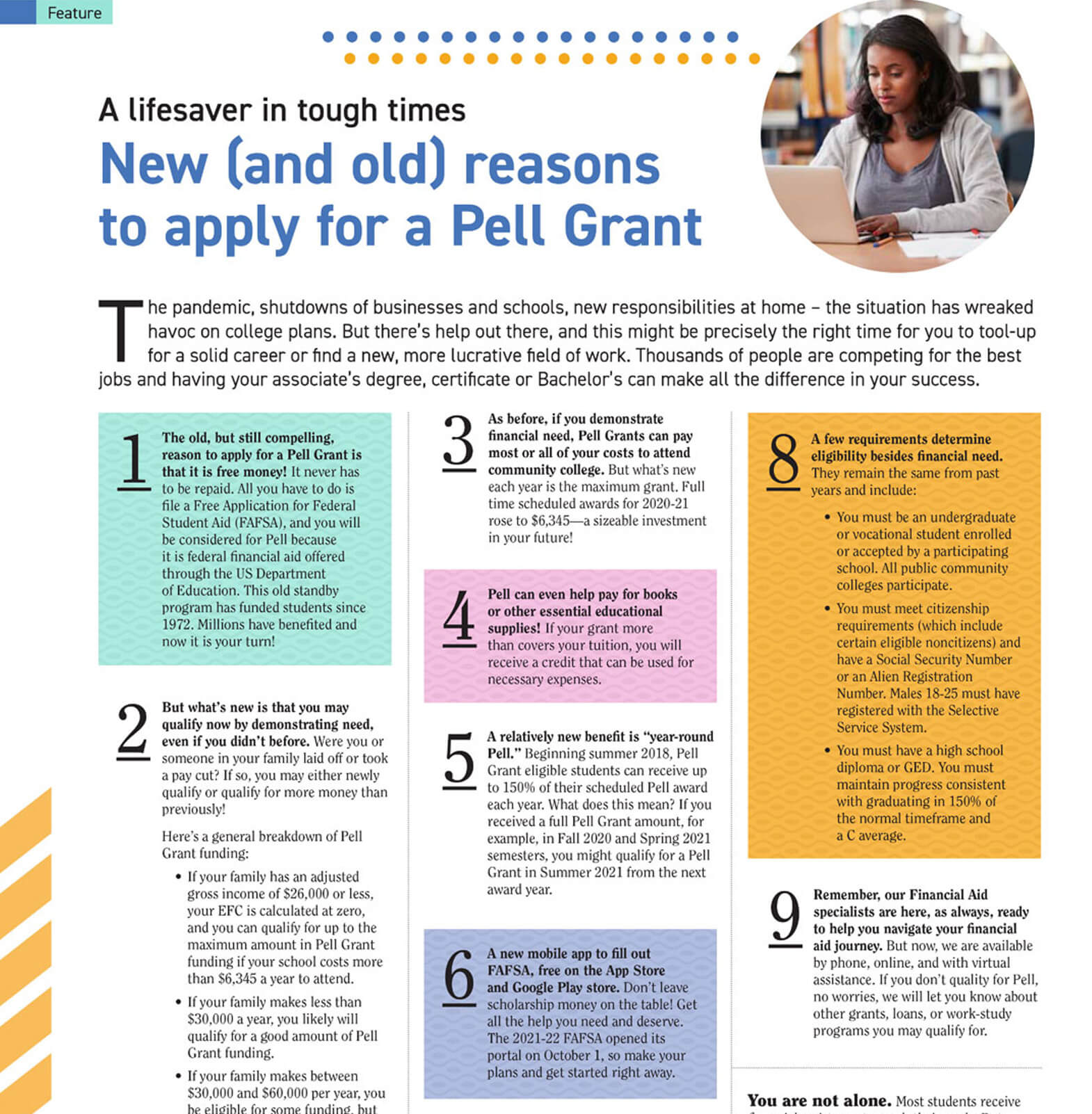Between the stresses of the pandemic, student loans, and a changing job market, record numbers of students have left school without a credential. They need more than a catchy sales pitch to motivate them.
The number of stopped-out students—those with some college credits but no degree—has increased across the US. According to the National Student Clearinghouse Research Center, it was 40.4 million as of July 2021, up 3.6% from 39 million the previous year.
In good news for community colleges, “The No. 1 destination [for reenrollment] is a community college, regardless of where they stopped out,” explained Doug Shapiro, the research center’s executive director.
The numbers confirm that community colleges are the go-to for stopped-out students looking to complete their credentials. Among former four-year public college students who re-enroll, 44.4% attend a community college. Similarly, community colleges picked up 37.5% of students from former proprietary school (for-profit) programs.
However, stopped-out students often have families, student loan debt, or a fraying social safety net. These potential students struggle with the financial and practical aspects of returning to school. To commit to re-enrolling, they need clear and reliable information about the potential benefits of a particular program, explicit career goals, and help navigating financial aid.
The most effective way to reach stopped-out students is with a content marketing strategy.
Whereas typical advertisements rely on short, punchy slogans to win over potential students, content marketing provides engaging, detailed content focused on the information former students need to decide to re-enroll.
A successful content marketing strategy must focus on creating engaging content that answers the questions they are asking when considering going back to school.
Your content should:

1. Highlight programs which lead to local jobs that pay well.
Maybe they felt they were “burned” the first time and ended up with unpaid loans—perhaps they didn’t have a career goal aligned with the job market. Whatever the issues, most stopped-out students are highly motivated to achieve financial stability.
To maximize recruitment from this demographic, community colleges should be career-focused. They should highlight programs that do not take too long to complete, lead to solid jobs, and pay well. These careers should be explained in concise, clear language, complete with current opportunities and salary ranges. Success stories featuring those overcoming adversity and attaining good jobs are highly effective.
2. Make all your students feel at home.
Many students struggle to find their place at community college, especially after the pandemic. Non-traditional students are already more likely to feel alienated from their peers and often find the campus unwelcoming. A study of at-risk, non-traditional students by Barnes & Noble College last year found that only 3% strongly agreed with the statement: “I have friends at my school.” Only 5% felt socially connected. Only 8% felt like they belonged at their school.
Your school must highlight initiatives that help all students feel connected and part of the campus community. This can be achieved by getting prospective students on campus with a tour and telling them more about campus life, events, and student organizations that may appeal to them. Promote your college’s counseling services, career placement, and business partnerships! Help them envision their future.


3. Show students extra resources that can help them succeed.
Over the past five years, College Promise-type grants grew sixfold to 337 local communities in 47 states and throughout 31 states. However, many prospective students are unaware of the opportunities due to the patchwork nature of these programs or their limited marketing.Your community college marketing is most effective when it connects financial aid and careers together. Students will likely be balancing multiple commitments–to family, work, and school–and this information is critical. Your marketing should likewise feature your school’s flexible course offerings and support services, like childcare and food pantries, which can make a significant difference to completion.
Schedule A Demo